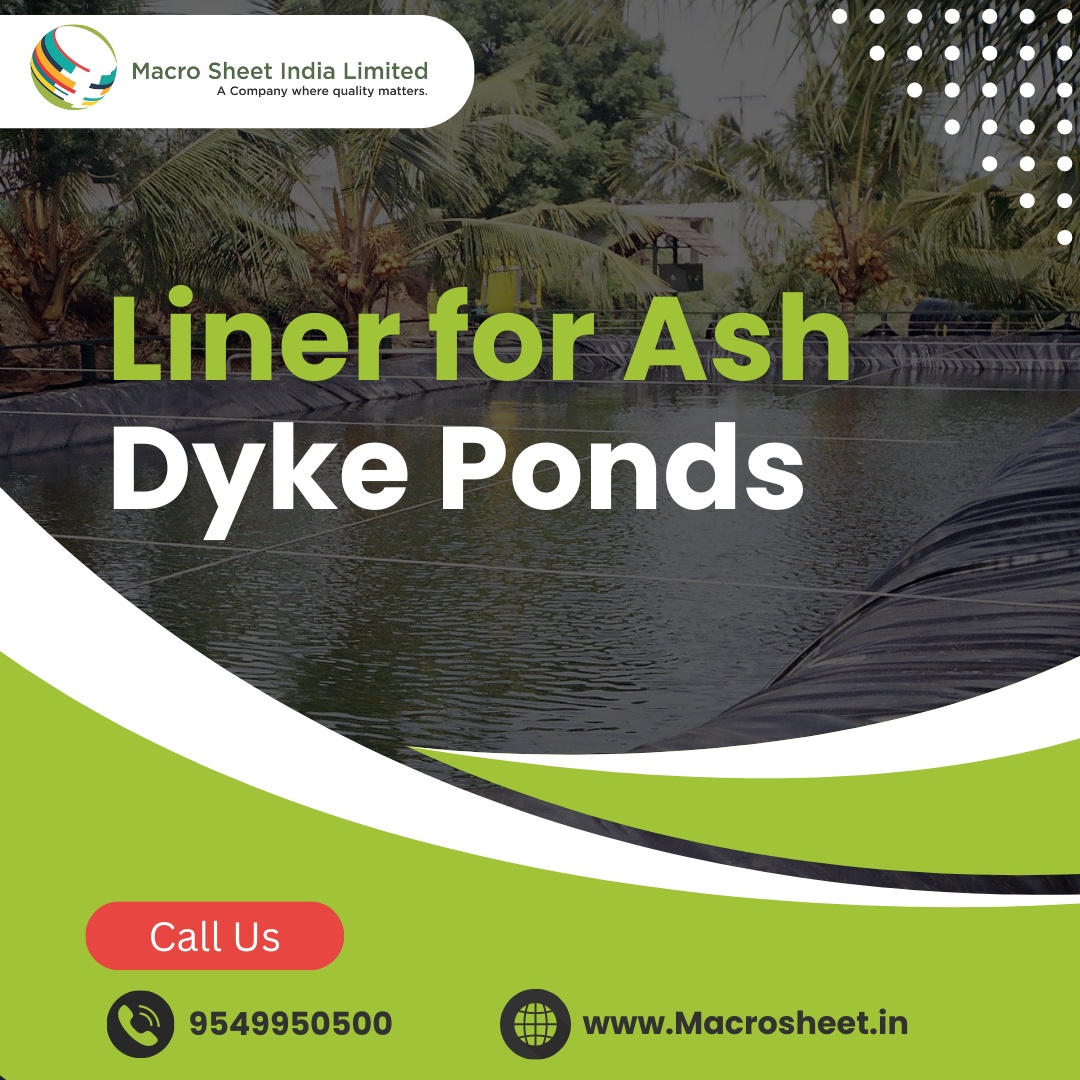Ash storage ponds play a critical role in the management of coal ash generated from power plants. To ensure the safe containment of ash and prevent environmental contamination, it is essential to select the right liner for these ponds. In this blog, we will explore the key factors to consider when choosing a Liner for Ash Storage Pond, including liner materials, compatibility, durability, and regulatory compliance.
Liner Materials for Ash Storage Ponds
One of the first considerations when selecting a liner for ash storage ponds is the choice of liner materials. Common options include High-Density Polyethylene (HDPE), Polyvinyl Chloride (PVC), and Geosynthetic Clay Liners (GCL). Each material has its advantages and limitations. HDPE liners are known for their excellent chemical resistance and durability. PVC liners offer flexibility and ease of installation. GCL liners provide a combination of bentonite clay and geotextile, offering superior hydraulic conductivity and self-sealing properties. Understanding the properties and benefits of each material will help in making an informed decision.
Regulatory Compliance
Compliance with regulatory requirements is of utmost importance when selecting a Liner for Decorative Pond. Different regions and jurisdictions may have specific guidelines and standards that need to be followed. Ensure that the chosen liner meets or exceeds these regulations, including requirements for chemical resistance, leachate control, and environmental protection. Compliance with regulations will help in avoiding penalties and legal issues while maintaining environmental stewardship.
Compatibility with Ash Characteristics
The characteristics of the ash being stored, such as pH levels, chemical composition, and temperature, should be taken into account when selecting a liner. Some ashes may have high alkaline content or be chemically reactive, which can potentially degrade certain liner materials. It is crucial to assess the compatibility of the liner with the specific ash composition to ensure long-term performance and prevent premature degradation.
Durability and Longevity
Ash storage ponds are intended for long-term use, and therefore, the selected liner should be durable and capable of withstanding harsh conditions. Consider factors such as puncture resistance, tear strength, and UV stability. HDPE liners, for instance, are known for their exceptional durability and resistance to environmental factors. Evaluating the liner's durability will help in selecting a solution that offers longevity and reduces the need for frequent replacements or repairs.
Installation and Maintenance Considerations
The installation process and maintenance requirements should also be considered when selecting a liner for ash storage ponds. Some liners may require specialized equipment or expertise for installation, while others offer ease of installation. Additionally, assess the maintenance needs of the liner, such as inspection protocols, repair capabilities, and compatibility with ash removal processes. A liner that is easy to install and maintain can contribute to cost-effectiveness and operational efficiency.
Use These Liners:-
Cost and Budget Considerations
Cost is an important factor when choosing a liner for ash storage ponds. Consider the initial installation cost, as well as long-term maintenance and replacement costs. While it may be tempting to opt for a lower-priced liner, it is crucial to balance cost with quality and performance. Investing in a high-quality liner that meets all necessary requirements may result in long-term cost savings and enhanced environmental protection.
Conclusion
Selecting the right Liner for Ash Dyke Ponds is crucial for ensuring the safe containment of coal ash and preventing environmental contamination. Considerations such as liner materials, compatibility with ash characteristics, durability, regulatory compliance, installation and maintenance requirements, and cost should be taken into account. By carefully assessing these factors, ash storage pond owners can make an informed decision and choose a liner that offers optimal performance, longevity, and environmental protection.


No comments yet